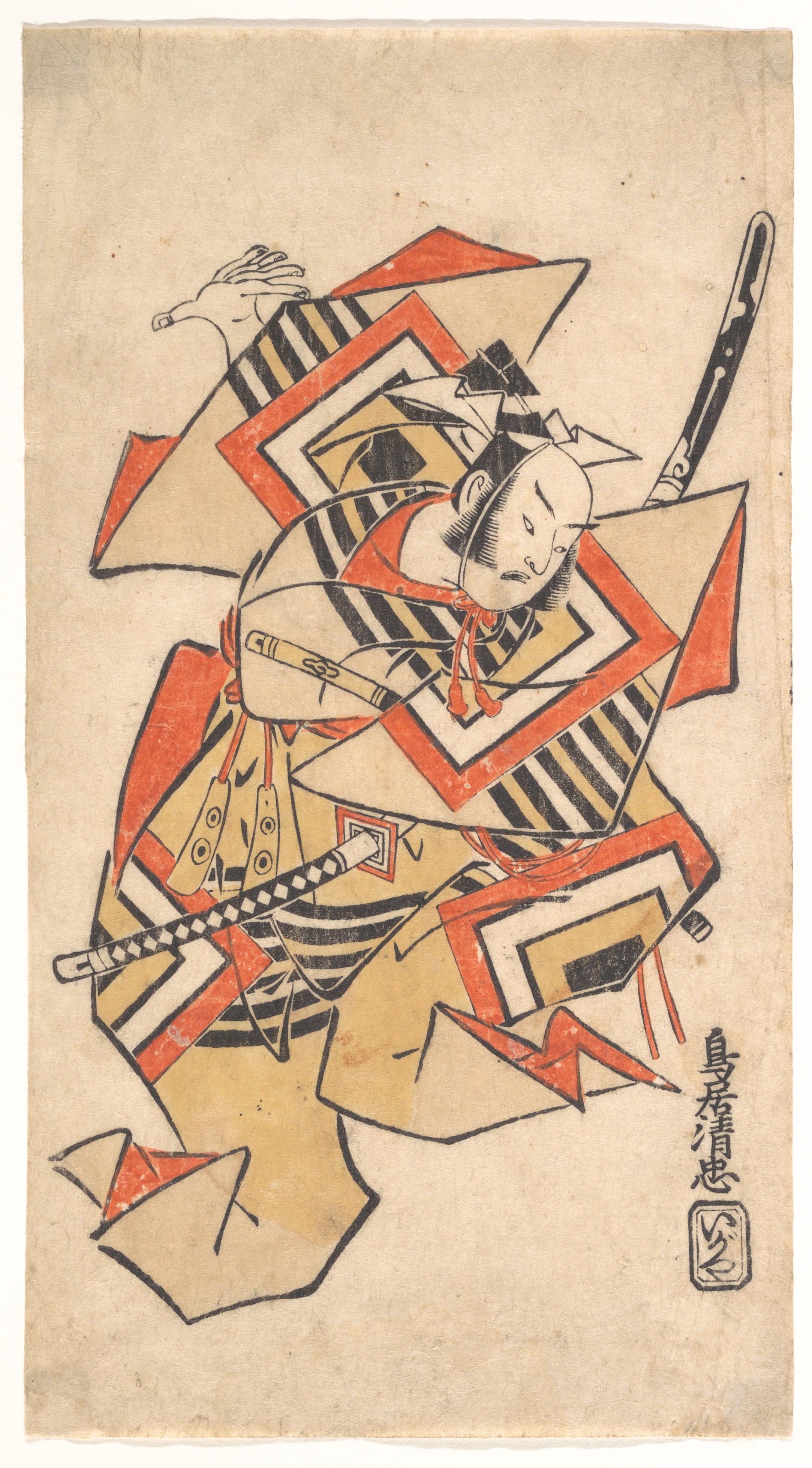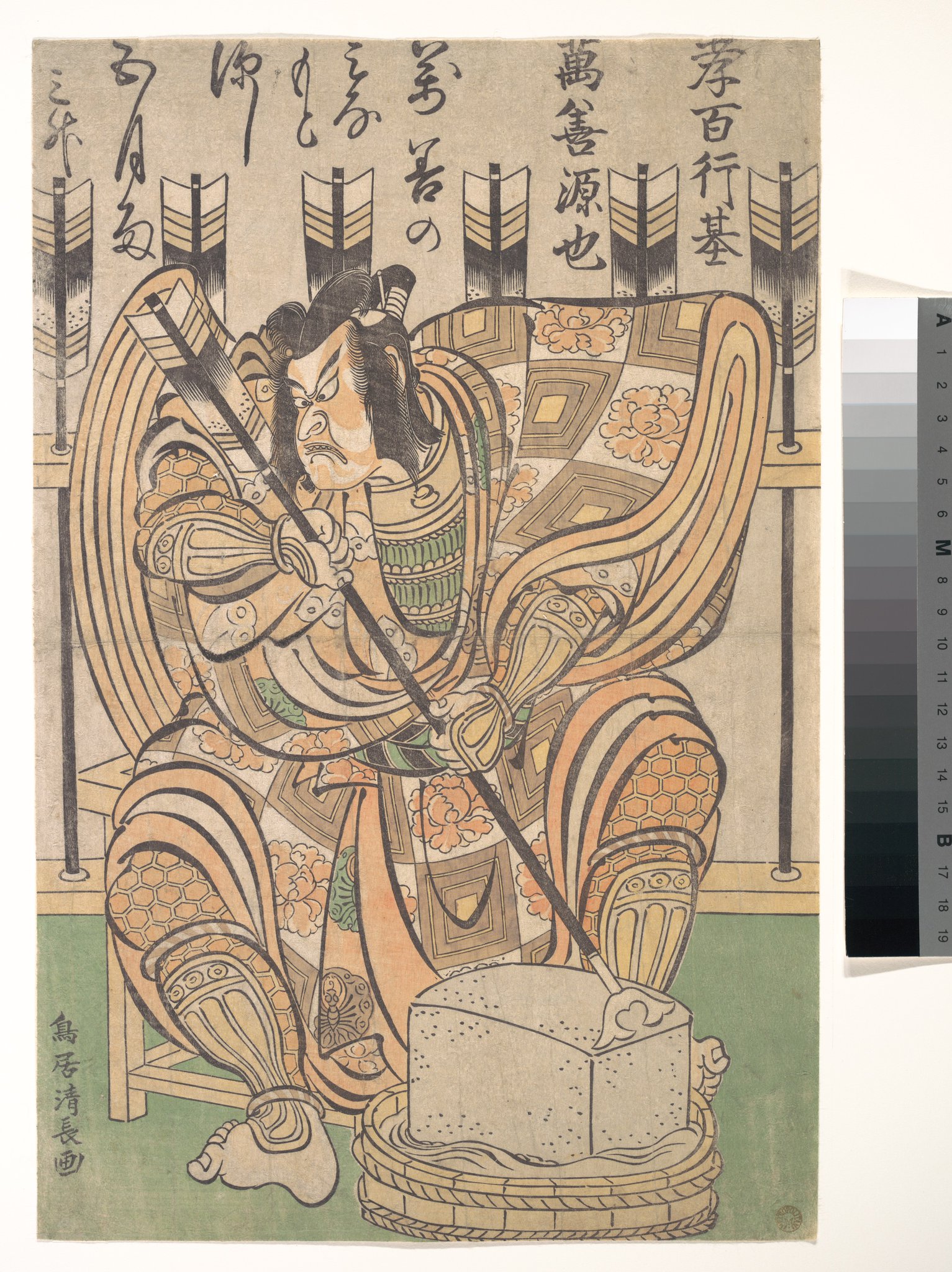"Ichikawa Danjūrō: A Legacy Of Kabuki Excellence" explores the remarkable contributions of one of the most celebrated families in Kabuki history. This definitive work delves into the lineage and artistry of the Ichikawa Danjūrō actors, tracing their profound impact on the traditional Japanese theater form.
Editor's Notes: "Ichikawa Danjūrō: A Legacy Of Kabuki Excellence" was published on [date] to commemorate the anniversary of the first Ichikawa Danjūrō's stage debut. Recognizing the importance of preserving and celebrating the rich cultural heritage of Kabuki, this guide serves as a valuable resource for Kabuki enthusiasts, cultural historians, and anyone seeking a deeper understanding of one of Japan's most cherished art forms.
Through meticulous analysis and extensive research, "Ichikawa Danjūrō: A Legacy Of Kabuki Excellence" presents a comprehensive overview of the Ichikawa Danjūrō lineage, highlighting their signature techniques, iconic roles, and innovative contributions to Kabuki. It also examines the family's influence on the development of the art form, from its early roots to its modern-day evolution.

Torii Kiyotada | Ichikawa Danjūrō II in the Scene "Wait a Moment - Source www.metmuseum.org
FAQ
This section addresses frequently asked questions about Ichikawa Danjūrō, a renowned name in the world of Kabuki theater. Explore these Q&As to gain insights into his illustrious legacy and the enduring impact he has had on the art form.
Question 1: What is the significance of Ichikawa Danjūrō's name?
The name Ichikawa Danjūrō is a stage name passed down through generations of actors within the Ichikawa family. It symbolizes a lineage of exceptional Kabuki performers who have inherited the techniques and traditions of the art form. The name carries immense cultural significance and is a testament to the family's dedication to preserving the legacy of Kabuki.

Rencontre exclusive avec Takashi Murakami : « Les cryptomonnaies me - Source thegoodlife.fr
Question 2: How did Ichikawa Danjūrō contribute to the development of Kabuki?
Ichikawa Danjūrō is widely credited for revolutionizing Kabuki during the Genroku era. He introduced innovative techniques such as mie (dramatic poses) and tachimawari (choreographed fight scenes), which added dynamism and excitement to the performances. His contributions significantly enhanced the visual and theatrical appeal of Kabuki, making it a popular form of entertainment for all social classes.
Question 3: What are the unique characteristics of Danjūrō's Kabuki style?
The Danjūrō style is characterized by its bold and exaggerated movements, larger-than-life gestures, and distinctive vocal techniques. It emphasizes the performance aspect of Kabuki, with actors employing over-the-top mannerisms and elaborate costumes to captivate audiences. Danjūrō's legacy is closely associated with these theatrical conventions, which have become synonymous with Kabuki performances.
Question 4: How has the Ichikawa Danjūrō lineage influenced contemporary Kabuki?
The Ichikawa Danjūrō lineage has played a crucial role in safeguarding the traditions of Kabuki and ensuring its longevity. Each generation of actors has passed down their knowledge and skills, preserving the art form's integrity and authenticity. Contemporary Kabuki performers continue to draw inspiration from the Danjūrō style, incorporating its techniques and aesthetics into their performances, thus ensuring the legacy of this legendary family endures.
Question 5: What are some of the most famous roles associated with Ichikawa Danjūrō?
Ichikawa Danjūrō has portrayed numerous iconic roles throughout his career, many of which have become emblematic of the Kabuki repertoire. These include:
- Aragoto roles, such as Kampei in "Shibaraku"
- Wagoto roles, such as Yuranosuke in "Sukeroku Yukari no Edo Zakura"
- Jidaimono roles, such as Yoshitsune in "Yoshitsune Senbon Zakura"
His performances in these roles have left an enduring mark on Kabuki history, showcasing his exceptional range and versatility as an actor.
Question 6: How is Ichikawa Danjūrō's legacy celebrated today?
The legacy of Ichikawa Danjūrō continues to be celebrated through various means. The Kabuki-za Theater in Tokyo regularly hosts performances featuring the Danjūrō style. Additionally, the Ichikawa Danjūrō Memorial Museum houses a collection of artifacts and documents that showcase the family's history and contributions to Kabuki. These initiatives ensure that the artistry and influence of Ichikawa Danjūrō remain alive and accessible to audiences worldwide.
In summary, Ichikawa Danjūrō's legacy is one of innovation, excellence, and dedication to the art of Kabuki. His contributions have shaped the very fabric of the art form, making him an iconic figure in the cultural landscape of Japan.
To learn more about Ichikawa Danjūrō's life and career, explore the rest of this article and delve into the fascinating world of Kabuki theater.
Tips

Ichikawa Danjūrō IX as Narukami Shōnin in the play Narukami from the - Source www.myjapanesehanga.com
As outlined in Ichikawa Danjūrō: A Legacy Of Kabuki Excellence, the esteemed lineage of actors known as the Ichikawa Danjūrō family has played a pivotal role in shaping the history and traditions of Kabuki theater. The current Danjūrō, Ichikawa Danjūrō XII, is the twelfth in the line to inherit this prestigious stage name, and he continues to uphold the family's legacy of excellence through his performances.
Tip 1: Study the History and Traditions of Kabuki
To truly appreciate the artistry of Kabuki, it is essential to understand its rich history and traditions. Familiarize yourself with the different styles of Kabuki, such as aragoto (rough and exaggerated) and wagoto (refined and poetic), and learn about the various types of roles, such as onnagata (female impersonators) and tachiyaku (male warrior roles). Understanding the context of Kabuki will enhance your appreciation for its cultural significance and artistic nuances.
Tip 2: Attend Live Performances
There is no substitute for experiencing Kabuki live. The vibrant colors, elaborate costumes, and dynamic performances create an immersive theatrical experience that cannot be fully captured on screen or through recordings. By attending live performances, you can witness the incredible skills and artistry of Kabuki actors firsthand and gain a deeper understanding of the art form.
Tip 3: Learn About the Actors and Their Techniques
The Ichikawa Danjūrō family has produced some of the most renowned Kabuki actors of all time. Research the lives and careers of these actors, and study their unique techniques and approaches to the art form. By understanding the lineage and artistic contributions of the Ichikawa Danjūrō family, you will gain a greater appreciation for the depth and complexity of Kabuki.
Tip 4: Appreciate the Music and Dance
Kabuki is not only about the actors but also incorporates elements of music, dance, and visual arts. Pay attention to the live music that accompanies the performances, and learn to recognize the different instruments and styles used. Additionally, observe the choreographed dance sequences, which are an integral part of the storytelling and add to the visual spectacle of Kabuki.
Tip 5: Visit the Kabuki-za Theater
The Kabuki-za Theater in Tokyo is the premier venue for Kabuki performances. If you have the opportunity, visit this historic theater to soak in the atmosphere and witness the highest level of Kabuki artistry. Take guided tours of the building to learn about its history and architecture, and immerse yourself in the world of Kabuki.
Summary of key takeaways or benefits: By following these tips, you will deepen your understanding and appreciation of the intricate art form of Kabuki. You will gain insights into the history, traditions, and techniques of Kabuki, and you will be able to fully immerse yourself in the captivating performances. As you explore the world of Kabuki, embrace the opportunity to learn more about the esteemed lineage of Ichikawa Danjūrō actors, whose contributions have shaped the art form for generations.
Transition to the article's conclusion: Embracing these tips will enhance your Kabuki experience, allowing you to fully appreciate the beauty, artistry, and cultural significance of this extraordinary theater tradition.
Ichikawa Danjūrō: A Legacy Of Kabuki Excellence
Ichikawa Danjūrō, a name synonymous with excellence in the world of Kabuki, holds a legacy that continues to inspire and captivate audiences. This essay will delve into six key aspects that define his towering presence and lasting contribution to this traditional Japanese theatrical art form.

Masterpieces of Japan on Twitter: "Ichikawa Danjūrō II in the Role of - Source twitter.com
- Lineage: A lineage spanning centuries, each generation inheriting the name and embodying its legacy.
- Onnagata: Mastery of female roles, showcasing both elegance and strength in equal measure.
- Aragoto: Bold and exaggerated style, infused with powerful movements and dynamic presence.
- Yakusha: Dedication to both performance and personal conduct, epitomizing the spirit of Kabuki artistry.
- Innovation: Continuous evolution of the art form, introducing new techniques and interpretations while honoring tradition.
- Legacy: A living legacy that continues to influence and inspire contemporary Kabuki performers.
These aspects intertwine seamlessly, forming a tapestry of excellence that has made Ichikawa Danjūrō an enduring icon in the annals of Kabuki. His mastery of onnagata and aragoto, combined with his unwavering dedication as a yakusha, has elevated the art form to unprecedented heights. Through his innovative spirit, he has ensured that Kabuki remains a vibrant and dynamic expression of Japanese culture, captivating audiences both within Japan and beyond its borders.

Ichikawa Danjūrō IX as Suhama Sōzu in the play Jayanagi from the series - Source www.myjapanesehanga.com
Ichikawa Danjūrō: A Legacy Of Kabuki Excellence
The renowned Ichikawa Danjūrō lineage has made an indelible impact on the world of Kabuki, a traditional Japanese theatrical art form. For centuries, these actors have inherited the name Danjūrō and dedicated their lives to preserving and innovating Kabuki, solidifying their legacy of excellence. Over 12 generations, the Danjūrō actors have developed and refined iconic roles, contributed to the evolution of Kabuki techniques, and inspired generations of artists. Their mastery of stylized movements, elaborate costumes, and expressive dialogue has captivated audiences worldwide, contributing to Kabuki's recognition as a UNESCO Intangible Cultural Heritage.

Login | Unlock Your Legacy - Source unlockyourlegacy.samcart.com
Each Danjūrō actor has made unique contributions to the art form. The first Danjūrō, Ichikawa Danjūrō I, established the Aragoto style of acting, characterized by bold, exaggerated movements and a distinctive vocal delivery. Subsequent generations further developed this style, incorporating elements of realism and psychological depth. Danjūrō VII introduced the use of elaborate stage machinery, enhancing the spectacle and grandeur of Kabuki. Danjūrō IX revolutionized makeup techniques, creating iconic looks for various roles.
Beyond their artistic achievements, the Danjūrō actors have played a crucial role in preserving and promoting Kabuki. They have mentored countless younger actors, passing on their knowledge and skills. They have also established Kabuki theaters and schools, ensuring the continuity of the art form. The Ichikawa Danjūrō lineage stands as a testament to the enduring power and cultural significance of Kabuki, a living tradition that continues to captivate audiences to this day.
Table: Key Contributions of the Ichikawa Danjūrō Lineage
| Danjūrō | Contributions |
|---|---|
| Danjūrō I | Established the Aragoto style of acting |
| Danjūrō VII | Introduced elaborate stage machinery |
| Danjūrō IX | Revolutionized makeup techniques |
Conclusion
The Ichikawa Danjūrō lineage has played a pivotal role in shaping the history and evolution of Kabuki. Their artistic excellence, technical innovations, and dedication to preserving the art form have left an immeasurable legacy. As the current Danjūrō XII continues to carry the torch, the lineage remains a beacon of cultural heritage, inspiring future generations of Kabuki artists and captivating audiences worldwide.
The enduring legacy of the Ichikawa Danjūrō lineage serves as a reminder of the importance of preserving and传承ing traditional art forms. Their unwavering commitment to excellence and innovation has ensured the vitality of Kabuki, a cultural treasure that continues to enrich and inspire.